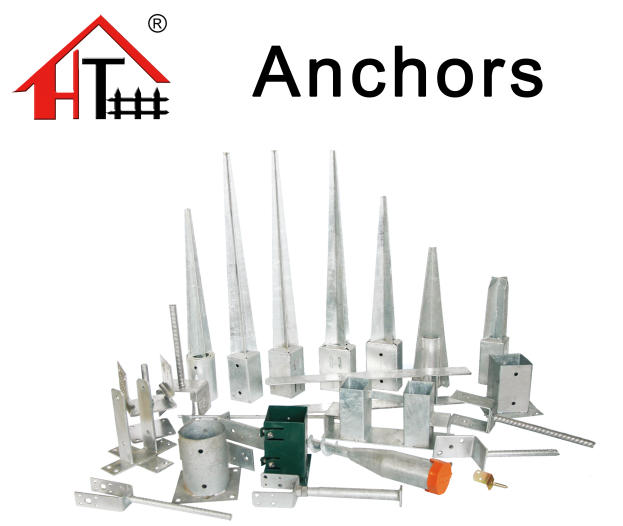Setting Up a Fence A Step-by-Step Guide
Fencing can be an essential addition to any property, providing not only a boundary for your space but also enhancing privacy, security, and the overall aesthetic appeal of your yard. Whether you are looking to corral pets, define your property line, or simply add some charm to your landscape, setting up a fence requires thoughtful planning and execution. Here’s a detailed guide to help you through the process.
Before you start digging holes or purchasing materials, the first step in setting up a fence is planning. Consider what type of fence you want—options range from wooden picket fences to sturdy vinyl or chain link. Think about the purpose of the fence Is it for privacy, security, or decoration?
Next, measure your yard accurately. Knowing the dimensions will help you purchase the right amount of materials. Also, check local zoning laws and HOA regulations to ensure compliance with height restrictions and property line setbacks.
2. Choosing Materials
Selecting the right materials is crucial for durability and aesthetics. Wood is a popular choice for its classic look, but it requires regular maintenance to prevent rot and insect damage. Vinyl is low-maintenance and comes in various styles, while chain link fencing is economical and offers good visibility. Once you have decided on the material, make a list of all necessary components, including posts, rails, panels, and any necessary hardware.
3. Gathering Tools and Supplies
set up a fence

You will need some basic tools to set up your fence effectively. Common tools include a post hole digger, level, tape measure, hammer, and saw. If you’re working with concrete for setting the posts, you’ll also need mixing supplies. Ensure you have all your materials and tools ready before you start the installation process to save time and avoid frustration.
4. Installing the Fence
Begin by marking the location for your fence posts, typically at intervals of around 6 to 8 feet, depending on the materials and design. Use stakes and string to outline the area, keeping everything straight.
Once marked, dig holes for the fence posts. The depth of the holes should be about one-third the length of the posts. Place the posts into the holes, ensuring they are straight using a level, and fill the holes with concrete if necessary for stability.
Next, attach the horizontal rails to the posts, followed by the fence panels or boards. Make sure they are aligned properly and securely fixed. Take your time during this step to achieve a professional finish.
5. Finishing Touches
Once the fence is installed, examine it for stability and make any adjustments as needed. You may want to paint or stain wooden fences for added protection and to enhance their appearance. Finally, clean up the work area, removing any debris or leftover materials.
In conclusion, setting up a fence can be a straightforward process if approached methodically. With careful planning, the right materials, and proper execution, you'll create a functional and attractive enclosure that meets your needs. Enjoy your new fence and the added value it brings to your property!
















